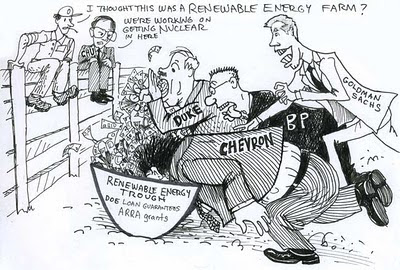Western Watersheds Project Stands Up Against Ivanpah Project

The non-profit Western Watersheds Project (WWP) filed a legal challenge against the Department of Interior's approval of the Ivanpah Solar Energy Generating System. The challenge is the second lawsuit to be filed against Interior's approval of Ivanpah, a project currently under construction by BrightSource Energy on over 5 square miles of public land and pristine Mojave Desert habitat. According to WWP's Michael Connor: “No project can be considered clean or green when it involves destruction of habitat for a species listed under Endangered Species Act on this scale. The Department of Interior is tasked with siting energy projects in an environmentally sound manner. Instead it is allowing thousands of acres of important desert tortoise habitat to be bulldozed when there are alternative ways of generating power.” Western Watersheds Project points out that the Department of the Interior's "fast-track" approval of the Ivanpah Solar project resulted in...


